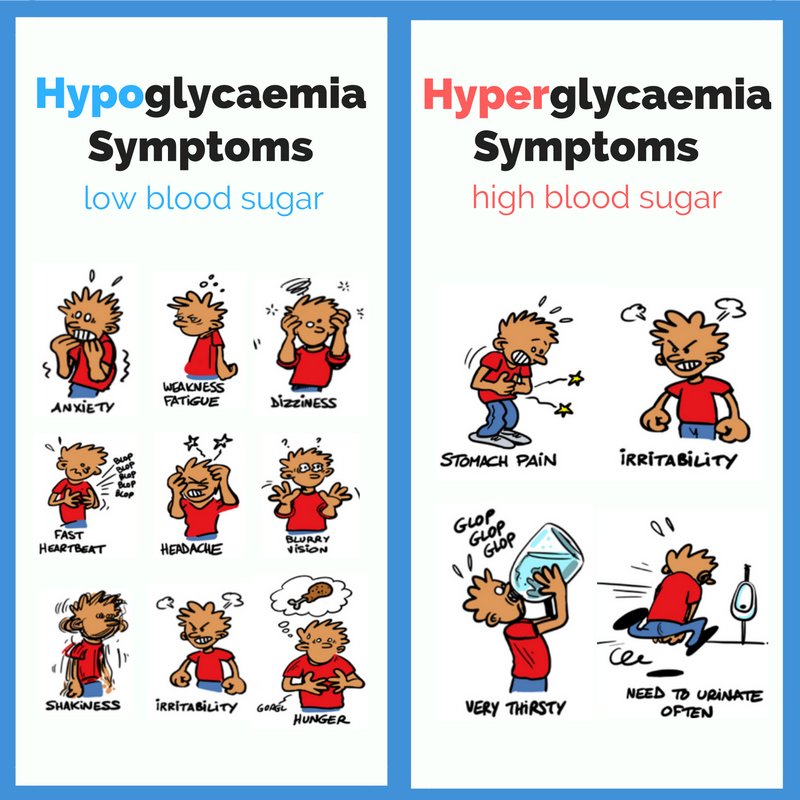Image source: http://ocean-innovations.net/wp-content/uploads/2017/01/201409-ST-Signal_Integrity.jpg
Comprehending the fundamentals of Signal Integrity (SI) and Power Integrity (PI) is indispensable when it comes to dealing with high-speed Printed Circuit Boards (PCBs). Nowadays, speed is one of the chief factors in assessing the functionality of a digital product.
In several designs, the PCB layout critically contributes to the overall functionality. In case of high-speed designs, the SI and PI factors are important in accomplishing optimum functionality of the overall system.
When the signal integrity issues surfaced up in the 1990s, it became clear that the term pure digital does not exist. At present, both the factors have their own issues, which directly contribute to the device failure at different design stages.
Thus, it is rational for the design engineers to consider the analog characteristics of a high-speed design of a PCB along with the digital parts. Analyzing both the factors is essential for having a successful high-speed design, as it gives valuable insight into the changes that the professionals should make to the design.
These two analyses would not be there if computing resources were countless, as the whole circuit would then need analysis only once for identifying and removing the issues. However, the resources are practically bound in terms of what can be simulated.
Thus, analyzing both the realms is essential to resolve specific problems of particular categories. For example, in signal integrity, the crux is the transmission line from the transmitter to the receiver.
Herein, the traces above the planes are the focal point. These lines possess features such as delay and impedance, which determine how the I/O functionality works.
On the other hand, in power integrity analysis, the main focus is on the power and its distribution via the transmission planes. While a transmission line makes one examine only one direction, the transmission plane makes one assess the movement of energy in X and Y directions. As a result, the power integrity analysis is a bit difficult.
However, modeling at DC is simpler, as it involves computing the resistance of plane shapes and traces. When it comes to high frequencies, complex calculations are involved for evaluating the impedance between power and ground at different spots on the PDN.
The SI analysis makes it tangible to see how signals will act while passing through the PCB traces and other components. On the other hand, the PI analysis assesses the planes impedance and decoupling capacitance by examining the Power Delivery Network (PDN) of the design under consideration.
The goal of PI analysis is almost analogous to the SI analysis - to compute the impedance of a PDN. In case of SI, a traces impedance is matched to some value.
Here, the goal is also to remove issues regarding timing, signal quality, and crosstalk, which are also the main simulations that professionals perform. For PI analysis, the key simulations are decoupling, DC voltage drop, and noise analysis.
Another difference is that signal integrity assumes an almost perfect power supply but power integrity is yet to take into account the impact of switching signals. Thus, experts recommend simulating both the analyses concurrently. Doing so keeps exaggerated optimistic outcomes at bay.
With the further improvement in the modeling technology and computing ability, it is likely to be possible to simulate both integrity realms together. This will give a crystal clear comprehension regarding the behavior of circuits, types of margins in a design, and the means to gain the best possible functionality.
I hope you like this article very much. Feel free to share your thoughts with us. If you found this stuff useful, do share it with others.
